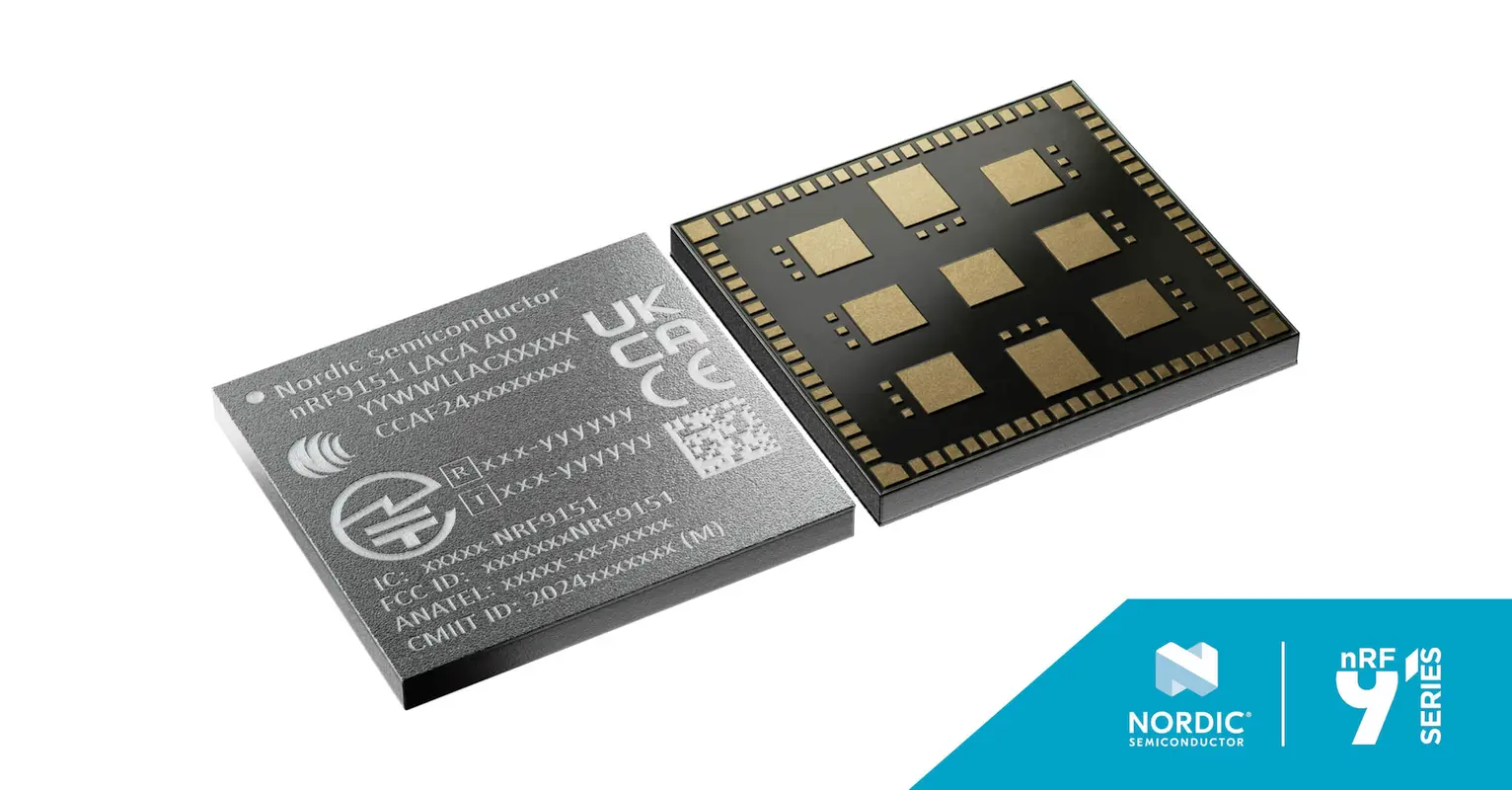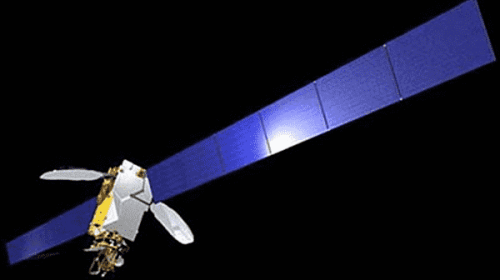Nordic’s SiP Module Enables Real-Time IoT Satellite Link
Jun 14, 2025
Omnispace, Gatehouse Satcom and Nordic Semiconductor have successfully tested a 5G narrowband Internet of Things (NB-IoT) system on the S-band non-geostationary orbit (NGSO) satellite of Omnispace. This achievement demonstrates that satellite-based infrastructure can be used in 5G NB-IoT communications. Having achieved the satisfactory use of a transparent payload on an NGSO satellite, the demonstration indicates how satellite systems can assist global IoT in locations with restricted or no land-based coverage, presenting new possibilities to industries that need dependable data connections in difficult-to-reach locations.
 nRF9151 SiP module. Credit: Nordic Semiconductor
nRF9151 SiP module. Credit: Nordic Semiconductor
The demo involved a 5G NB-IoT signal relayed via the Omnispace F2 NGSO satellite. Five separate terminals were connected through the satellite link and data could be sent and received successfully. This confirmed the suitability of the system to provide support to a number of interconnected devices without any performance penalty. The test is based on earlier feasibility tests performed by Omnispace and Gatehouse Satcom and demonstrates the progress of the integration of standardized 5G IoT services into non-terrestrial network (NTN) environments. It demonstrates that satellite-based networks are capable of meeting the requirements of the real-world IoT deployment and provide connectivity in the places where the terrestrial infrastructure fails to do so.
The nRF9151 SiP module is a low-power, compact, and efficient product by Nordic Semiconductor at the heart of the demonstration. The module, which has an integrated LTE-M/NB-IoT modem, is among the smallest cellular IoT solutions and is optimized to non-terrestrial network (NTN) applications. It is built to support a variety of 5G NB-IoT applications, and it is also backward compatible with 3GPP standards, even the ones that support satellite connections. Its compact size and low power consumption optimize it to remote and battery-operated IoT devices, including asset tracking, environmental monitoring, smart farming, and mission-critical telemetry in remote industrial areas.
Ram Viswanathan, the President and CEO of Omnispace, referred to it as a major step to providing worldwide, seamless 5G IoT coverage. He noted the partnership with Gatehouse Satcom and Nordic as one of the key aspects of demonstrating how satellite and cellular networks can complement each other in extending the coverage of 5G into poorly served and rural areas. Jesper Noer, VP Commercial at Gatehouse Satcom, stated that their 5G NTN NB-IoT NodeB is operable in GEO, MEO, and LEO constellations. He lauded the fact that the system has worked successfully in NGSO conditions and was looking forward to seeing what it can do in the S-band where transparent payloads open new vistas of coverage and performance. Kristian Sæther, Product Director, Long-Range, Nordic Semiconductor, commented that it was delightful to see its nRF9151 module being a part of such a groundbreaking demonstration.
The breakthrough opens up revolutionary NB-IoT applications in different industries. This innovation uses satellite and terrestrial 5G systems integrated to provide an extended range of IoT coverage beyond the terrestrial infrastructure boundaries. It can cost-effectively support low-power IoT applications across logistics, agriculture, utilities, and environmental monitoring industries. The demo highlights how the future of IoT is not confined to terrestrial networks but rather in hybrid systems that integrate satellite and cellular solutions. This hybrid paradigm is the key to the genuinely global-scale, scalable, and resilient IoT implementation, providing the intelligent connectivity to all places of the globe.





